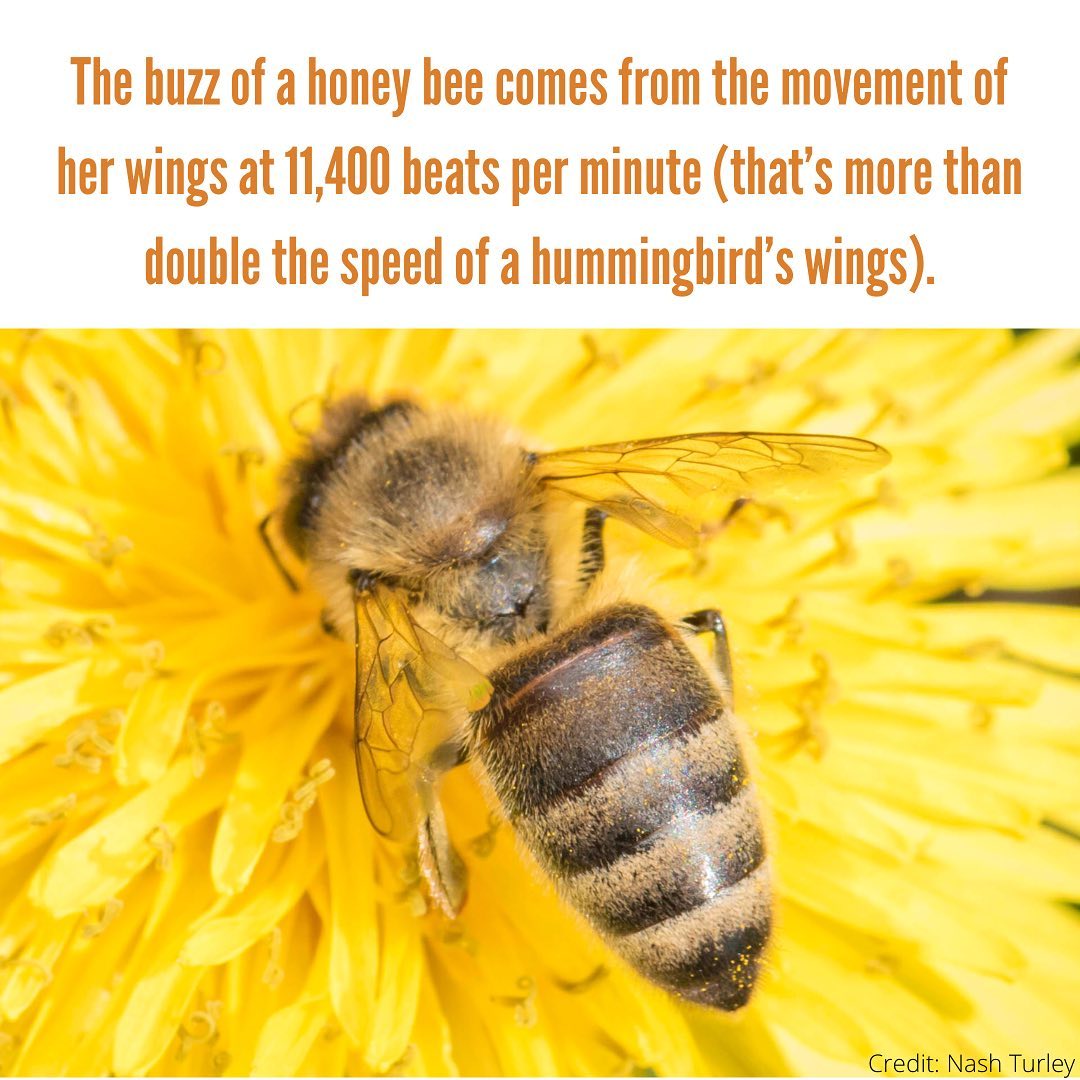
It’s day 2 of #PollinatorWeek and we’re celebrating the queen bees and her hives, honey bees!
Below is a thread of fun facts about honey bees.
#PollinatorWeek2021
1/7
Below is a thread of fun facts about honey bees.
#PollinatorWeek2021
1/7

Honey bees are eusocial, they live in hives of thousands of bees but only the queen lays eggs.
The amount of eggs laid by a queen in a single day can weigh more than her own weight!
#PollinatorWeek2021
2/7
The amount of eggs laid by a queen in a single day can weigh more than her own weight!
#PollinatorWeek2021
2/7

Honey bees can beat their wings over 11,000 times per minute, that is twice the rate of hummingbird's wings.
#PollinatorWeek2021
3/7
#PollinatorWeek2021
3/7

Honey bee queens and workers are all female, male bees are called drones and they are relatively uncommon. The queen can choose when to lay eggs that will be workers or drones.
#PollinatorWeek2021
4/7
#PollinatorWeek2021
4/7

Honey does not spoil. In fact, King Tut's tomb had edible honey after over 2000 years in a sealed container!
#PollinatorWeek2021
5/7
#PollinatorWeek2021
5/7

Honey bees keep their brood nests inside their colony around 92 F (33 C) even when the outside temperature is well above or below that.
#PollinatorWeek2021
6/7
#PollinatorWeek2021
6/7

Honey bees can see a much broader range of vision than humans and they have the ability to see ultraviolet light! Many flowers look much different in UV and often have patterns we can't see.
#PollinatorWeek2021
7/7
#PollinatorWeek2021
7/7

• • •
Missing some Tweet in this thread? You can try to
force a refresh












